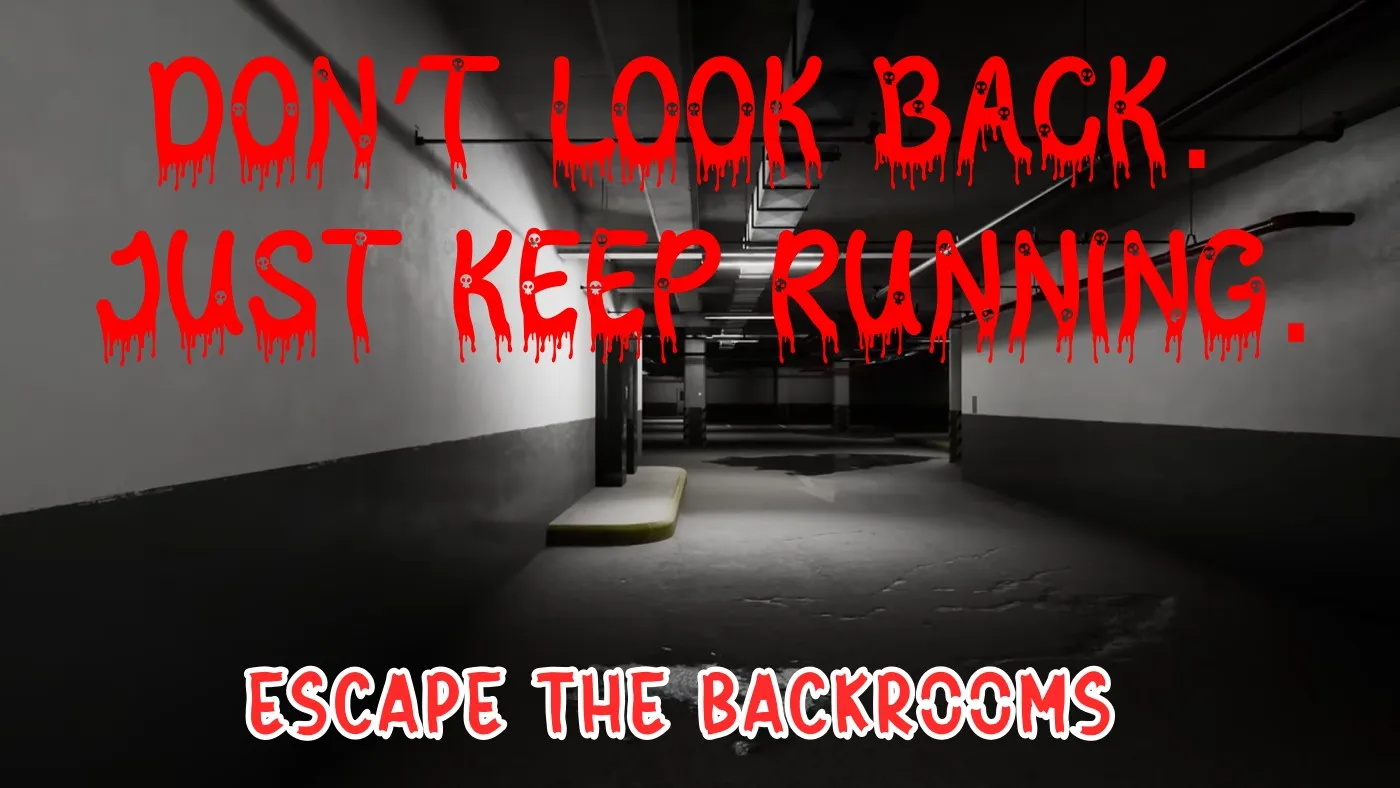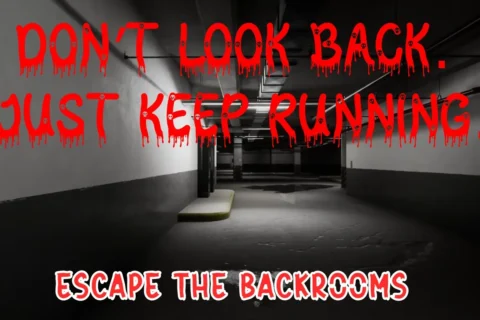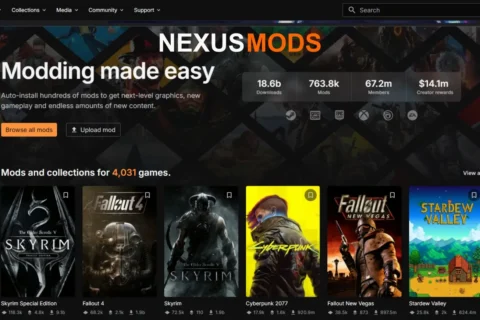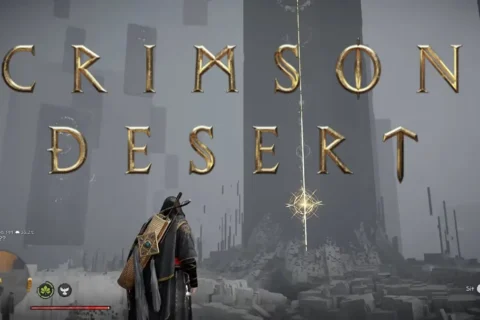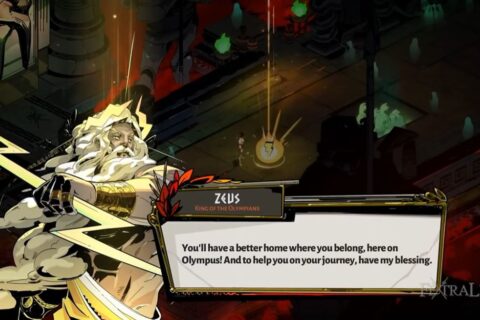Our Escape the Backrooms Review For PC, The Indie Horror Game Your Kid Probably Knows Better Than You
My 11-year-old found this game before I did, which is both impressive and slightly alarming. Escape the Backrooms isn’t the kind of jump-scare factory you see plastered across YouTube thumbnails. It’s slower, stranger, and way more unsettling, the kind of horror that gets under your skin because it feels wrong rather than loud. Naturally, I had to try it. That was the first mistake.
Released on PC in 2022 by Fancy Games, this indie hit keeps growing thanks to constant Steam updates and a devoted community. But what exactly makes Escape the Backrooms so creepy, and why can’t players, young or otherwise, seem to quit it?
What Is Escape the Backrooms?
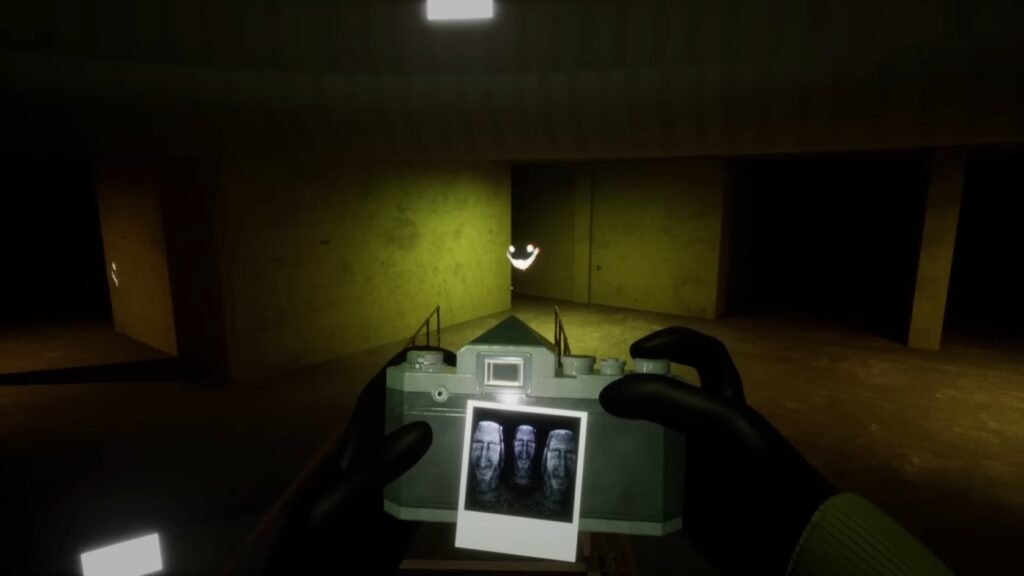
It’s based on the internet’s favorite nightmare: The Backrooms, an endless maze of yellow-tinted offices, buzzing fluorescent lights, and the uneasy feeling that you’ve slipped out of reality. The game throws you into that exact liminal nightmare and simply says, “Find a way out.”
The concept sounds simple, but the execution nails the atmosphere. You wander through identical rooms that twist on themselves, catch glimpses of movement where there shouldn’t be any, and occasionally hear something breathing just out of sight. It’s horror through disorientation, not blood and guts.
The Gameplay Loop, Endless Rooms, Real Tension
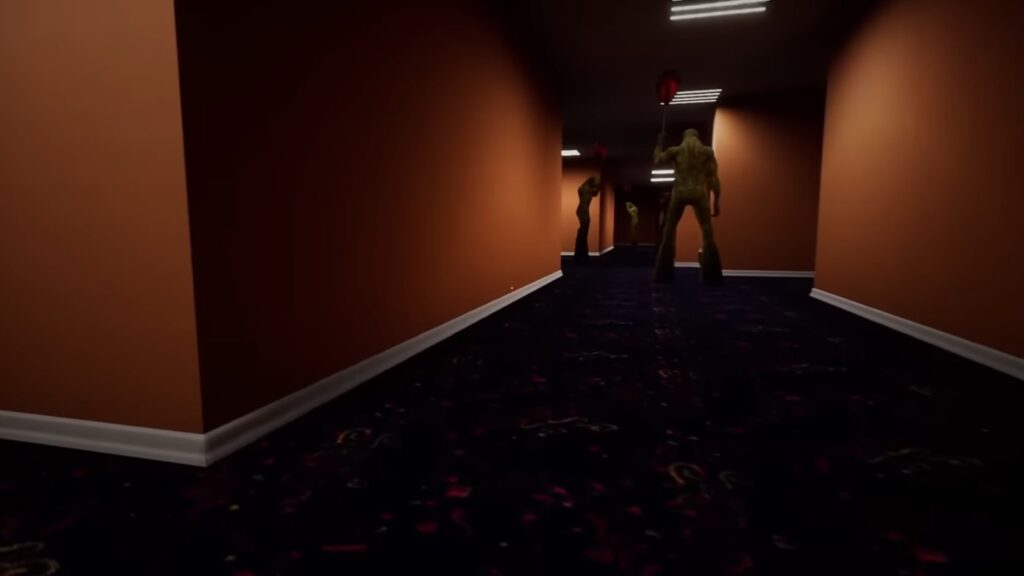
The goal never changes: explore, survive, and escape. Levels range from the classic office maze to flooded pool halls, dusty tunnels, and decaying hotels. You can play solo or bring up to three friends for co-op, but don’t expect the company to make things less terrifying. The sound design is unnerving, the pacing deliberate, and every hallway feels like it’s watching you back.
Like Dune Awakening, it thrives on isolation and atmosphere rather than action. You’re not fighting; you’re surviving the anxiety of not knowing what’s around the corner. That tension is the hook, and it works.
Fun Fact: Every level in Escape the Backrooms has at least one hidden Easter egg or secret exit. Some players have even reported finding “unlisted” levels that aren’t part of the official roadmap — mysterious areas the developers quietly added to keep the community guessing.
Why Kids (and Adults) Can’t Stop Playing It
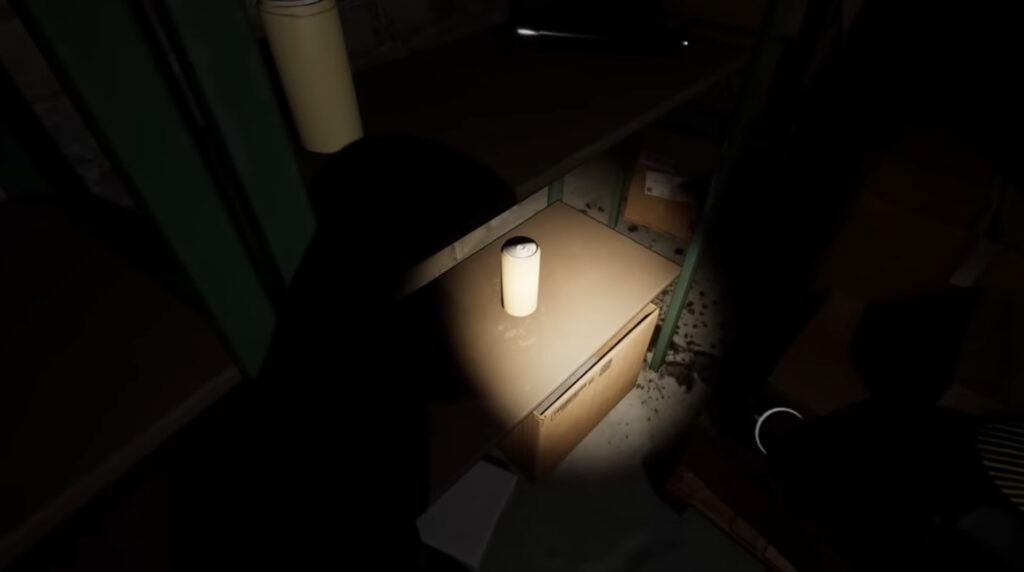
When I asked my son why he keeps playing, his answer was pure gamer logic: “Because I want to see what’s next.” That’s the game’s secret weapon. Curiosity trumps fear. It feeds that same exploratory itch as Baldur’s Gate 3 or any open-ended adventure, just in a far creepier setting.
For adults, it’s nostalgia. It feels like those old shareware horror games where imagination filled in the blanks. For kids, it’s a safe scare, unsettling but not scarring. The game builds tension without relying on gore, which is probably why it’s become the default “first horror game” for a new generation.
Is Escape the Backrooms Safe for Kids?
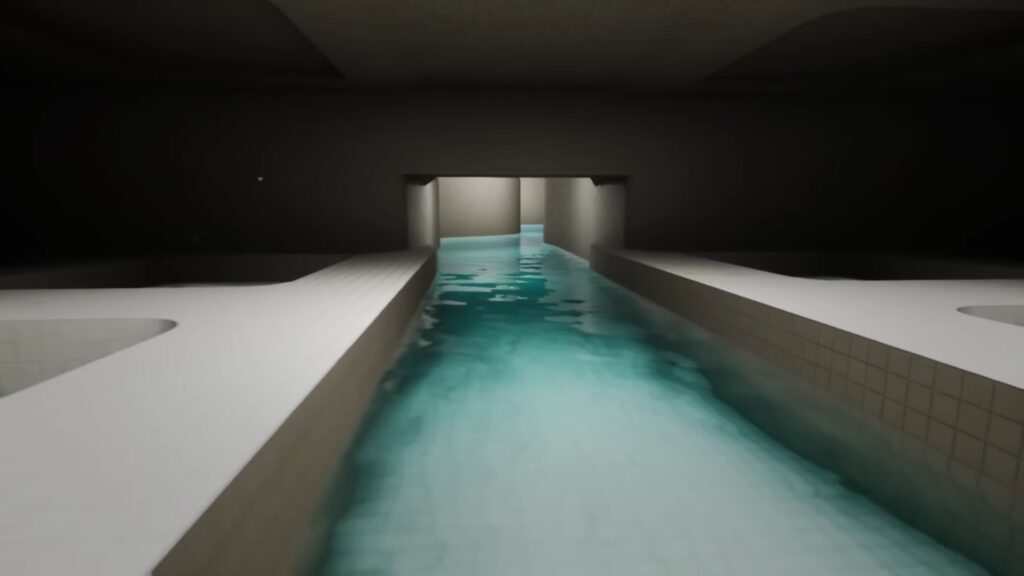
Let’s be real: it’s creepy, but it’s not graphic. There’s no blood, swearing, or violence beyond “something caught you.” The fear comes from atmosphere and sound. Still, it’s worth noting that the multiplayer mode includes voice chat, which means random lobbies can sometimes ruin the mood, or worse. If you’re cautious, play together locally or host private games.
Much like the solitude of Death Stranding 2, it teaches patience and focus more than aggression. It’s a rare horror game that doesn’t reward panic. Honestly, that’s refreshing.
The Levels, Entities, and Lore
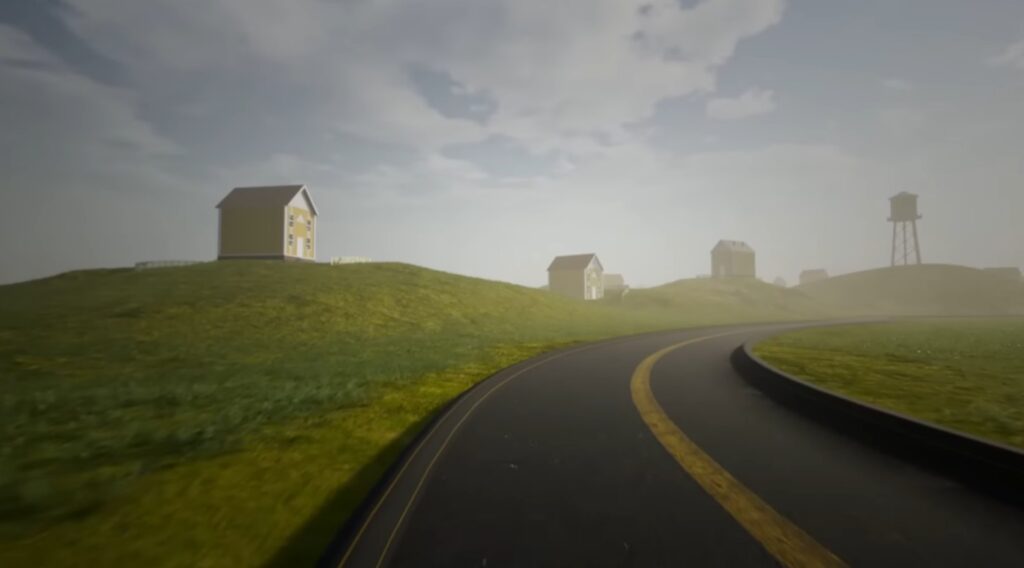
Each area, or “level,” feels like a different nightmare: the fluorescent Lobby, the echoing Poolrooms, the claustrophobic Terror Hotel. Then there are the “entities,” distorted figures that stalk you through the maze. They’re never over-explained, which keeps the fear intact. Every discovery feels earned and slightly cursed.
It’s the same quiet dread that powered Silent Hill back in the day, less about monsters, more about mood. Players trade theories on the Fandom Wiki, decoding what each room or sound might mean. The mystery is half the fun.
Fun Fact: The original Backrooms concept wasn’t from a game at all, it started as a single eerie photo posted on 4chan in 2019. The image of those endless yellow halls inspired an entire genre of indie horror games, with Escape the Backrooms being the most successful adaptation yet..
How It Stays Relevant in 2025
Escape the Backrooms on Steam still gets steady updates, new levels, and bug fixes. It’s quietly built one of the most loyal horror communities on PC, a rarity for indie games this small. Players post speedruns, lore theories, and “entity encounter” compilations like it’s a living ARG.
Indie horror has evolved past cheap scares. Games like Hollow Knight: Silksong prove that atmosphere and world-building keep people invested long after launch. Escape the Backrooms does the same, it never ends, it just keeps unfolding.
Why This Weird Game Works
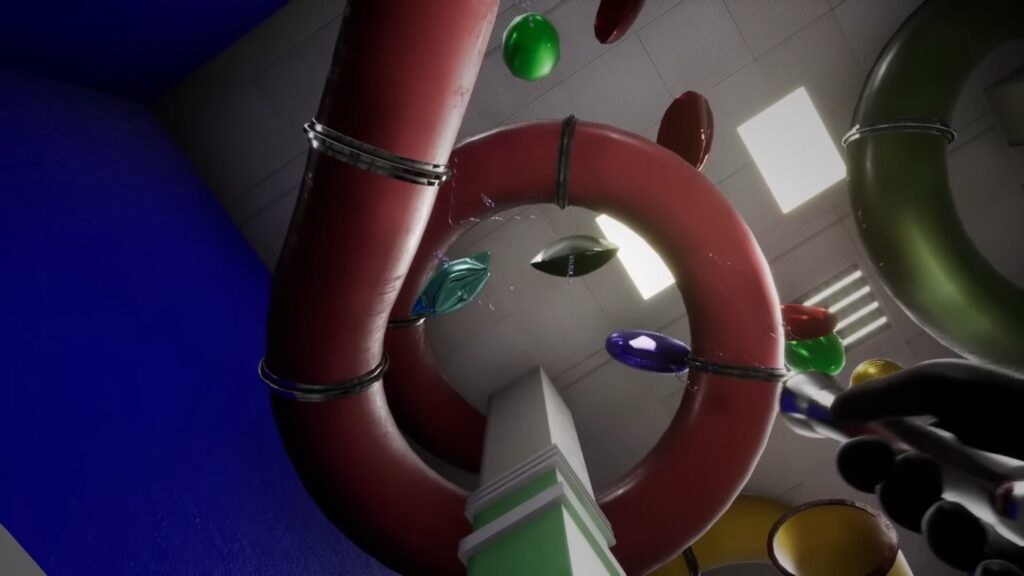
Escape the Backrooms shouldn’t work as well as it does. It’s minimalist, repetitive, and often just you and a hallway. But that’s the trick: it taps into a primal discomfort that most modern horror ignores. It’s the fear of being lost, alone, and unseen, and somehow, it’s weirdly relaxing once you surrender to it.
Playing it with my kid reminded me why exploration is at the heart of gaming. It’s curiosity wrapped in fear, and both of us keep going back “just one more level.” If you haven’t tried it yet, turn off the lights, grab a friend, and see how far you get before the buzzing gets to you.
Part of our PC Single-Player Reviews 2025 series, where we cover the worlds that haunt, inspire, and refuse to die. Check out Dune Awakening, Death Stranding 2, or our roundup of the Best New PC Games of 2025 for more explorations that blur the line between fear and fascination.


